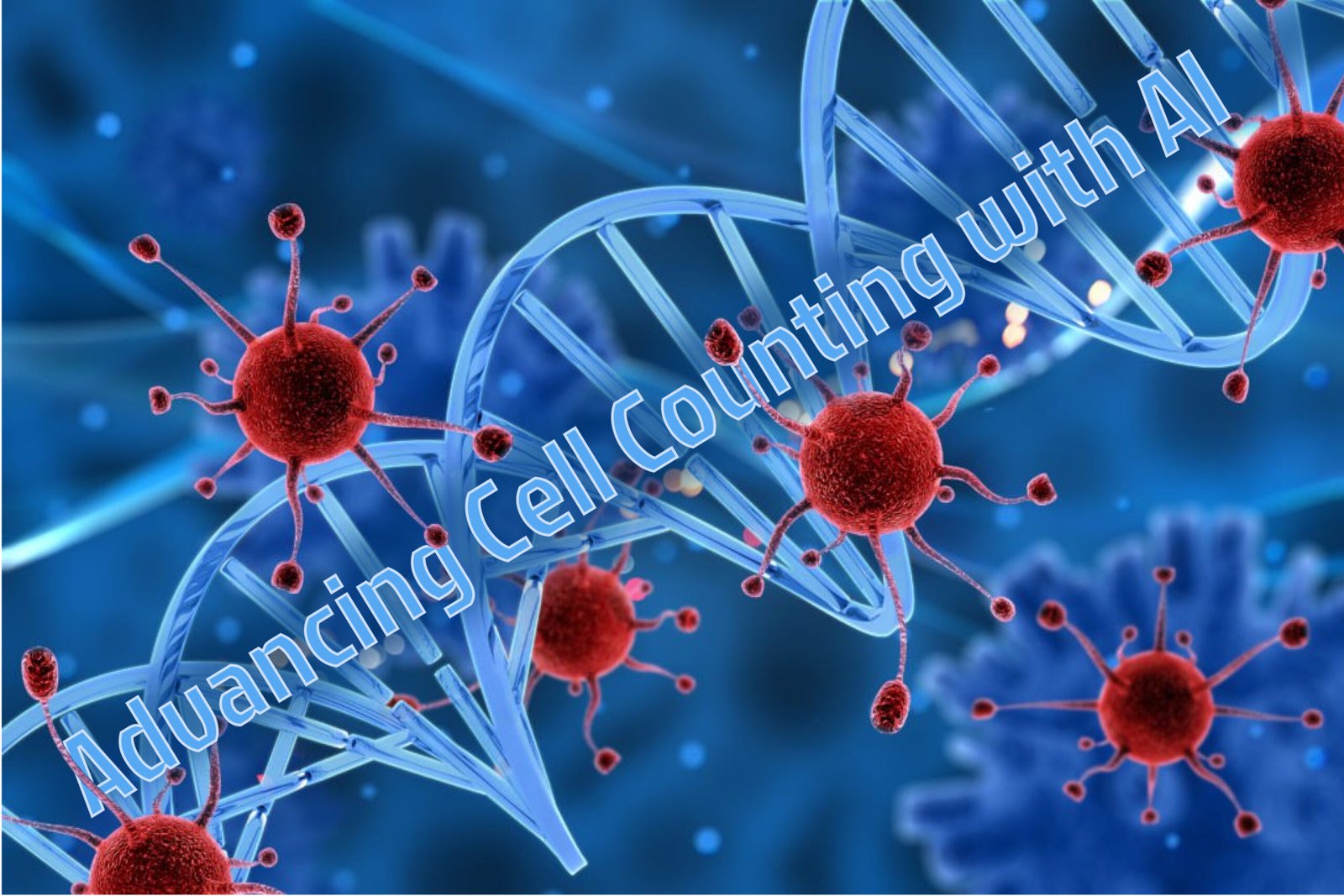The automated cell counting system represents a significant step forward in the application of artificial intelligence to pathology.
Cell Counting with AI

The automated cell counting system represents a significant step forward in the application of artificial intelligence to pathology. By leveraging advanced computer vision algorithms and a multi-stage AI methodology, this project addresses the inefficiencies of traditional manual methods in analyzing histological samples.
- Time Efficiency: Reduced analysis time
- Improved Accuracy: Minimized errors inherent in manual processes
- Enhanced Workflow: Pathologists can focus on high-value tasks, improving overall productivity
Scientific and Practical Relevance
Pathology plays a crucial role in medical diagnostics, examining diseases at the cellular level. However, manual cell counting in histological slides remains labor-intensive and error-prone, requiring significant time and expertise. Recognizing these challenges, our team applied AI and machine learning techniques to streamline and automate this process. This project has both scientific significance—advancing computer vision applications—and practical value by improving the accuracy and speed of histological analysis.

Project Development Stages
Problem Analysis:
- Identified challenges in manual cell counting: time consumption, variability, and subjectivity.
- Collaborated with pathologists and data scientists to define key requirements and data sources.
Proof of Concept (PoC):
- Validated AI feasibility by testing machine vision algorithms on diverse histological images.
- Assessed data quality, demonstrating the system’s potential for automation.
Minimum Viable Product (MVP):
- Developed and tested core features: cell detection, segmentation, and counting.
- Provided tools for fine-tuning parameters (e.g., color sensitivity, size thresholds) to adapt to staining variations.
Technical Highlights
- Dataset: Trained on 2,000+ diverse histological images per pathology, enhanced using data augmentation techniques.
- Color Segmentation: Transformed images into HSV color space for precise stained cell detection.
- Contour Analysis: Employed OpenCV to extract cell borders and enable accurate counting.
- AI Models: Tested advanced architectures like YOLO, ResNet50, and Mask R-CNN for complex segmentation tasks.
- Adaptability: User-friendly tools allow parameter adjustments for staining intensity and size thresholds.

Results and Impact
Our Partners
Key Milestones
january 15, 2025
january 04, 2025
© Smart Forge Lab 2025 | All Rights Reserved